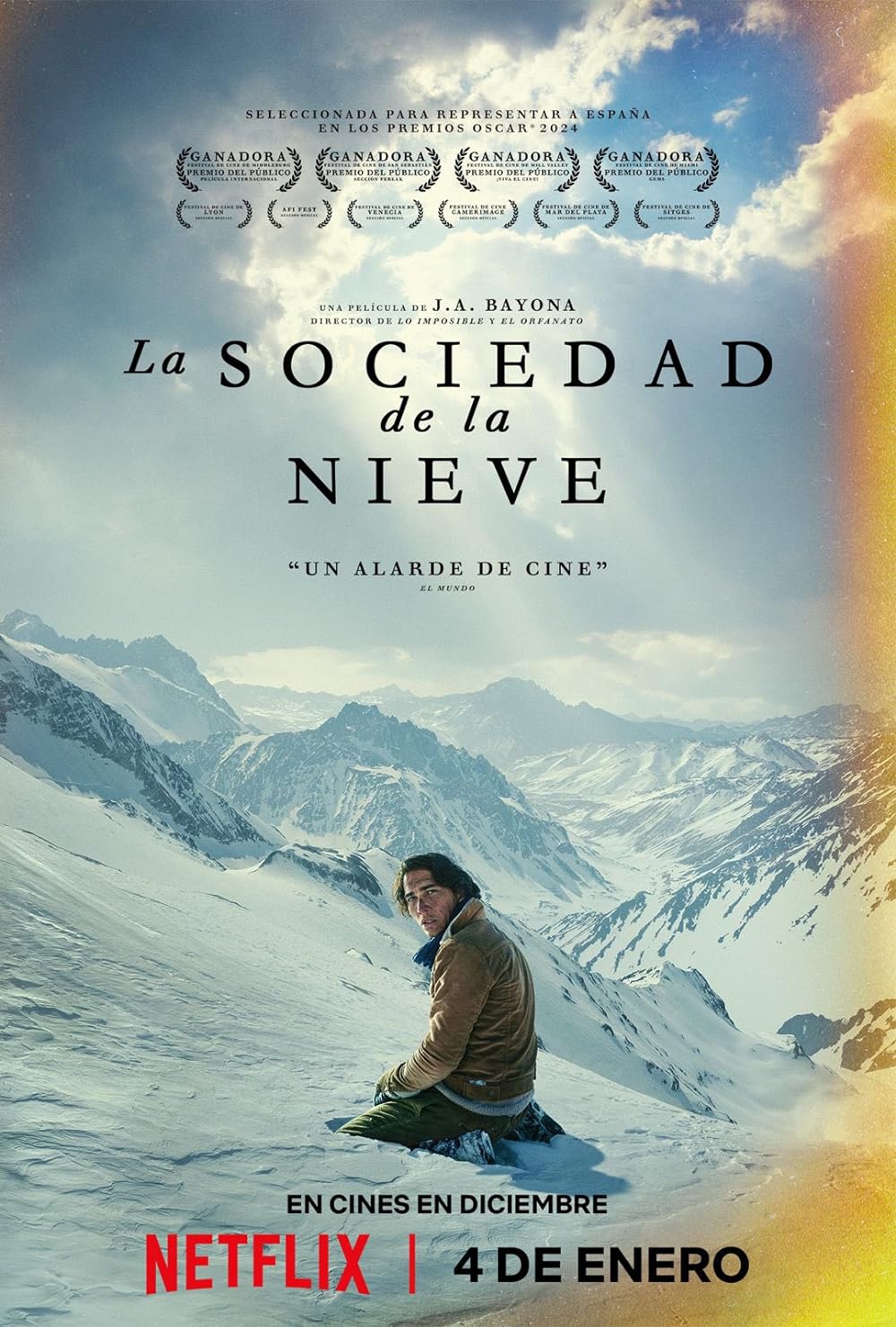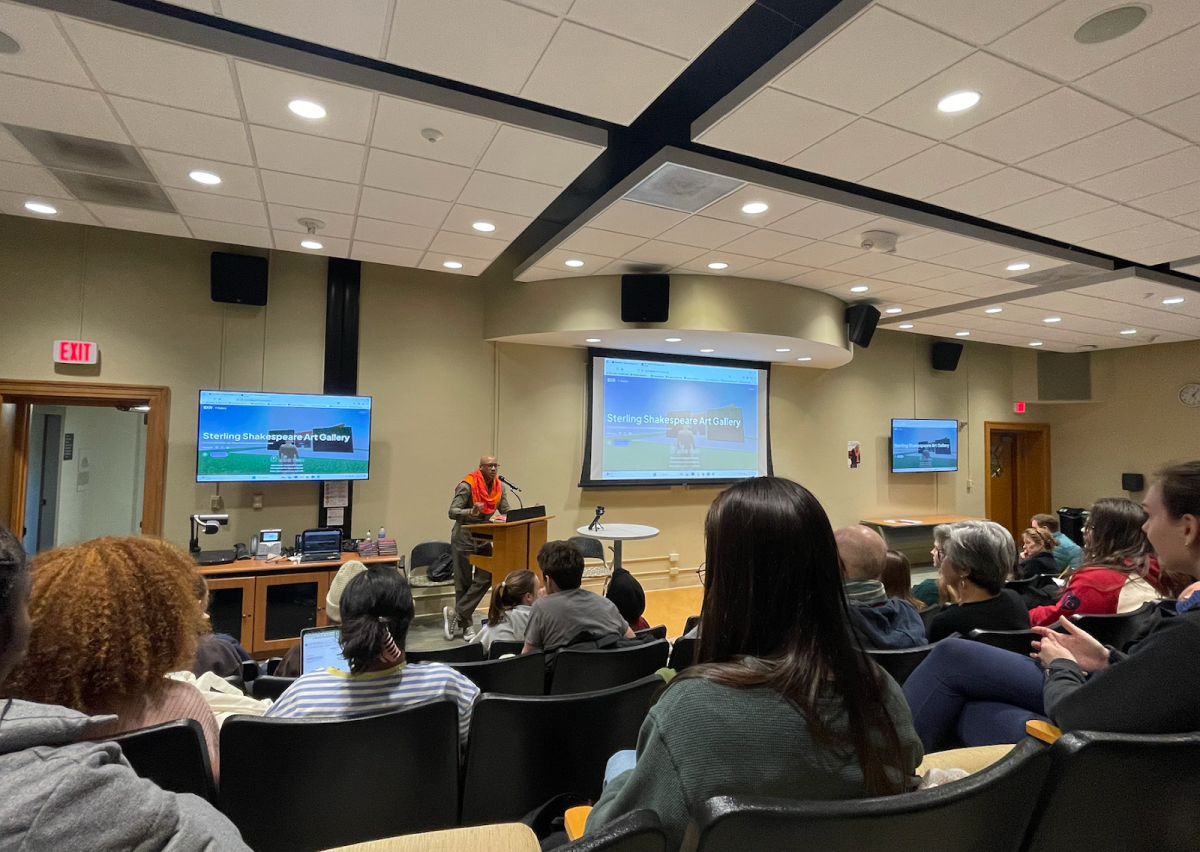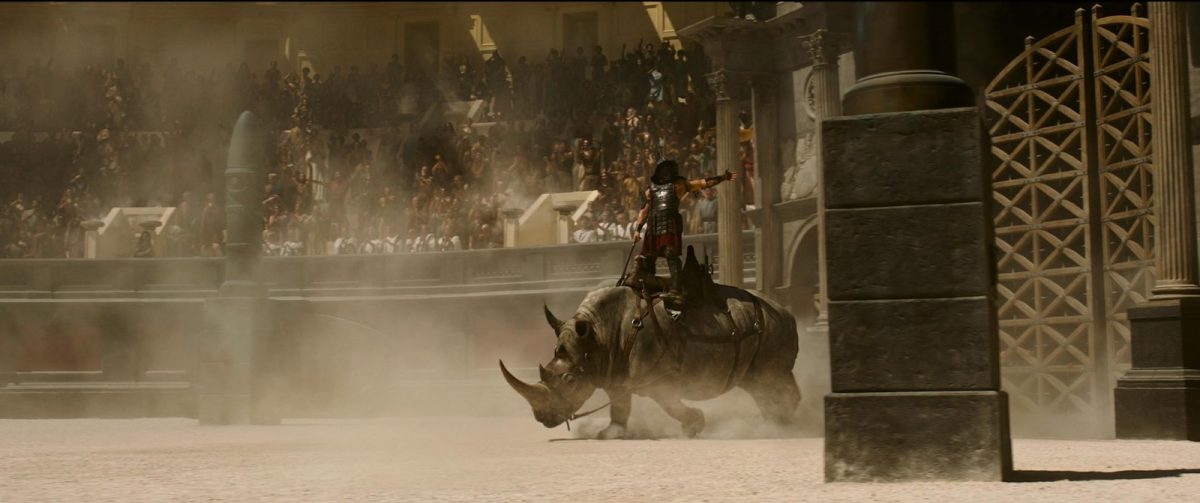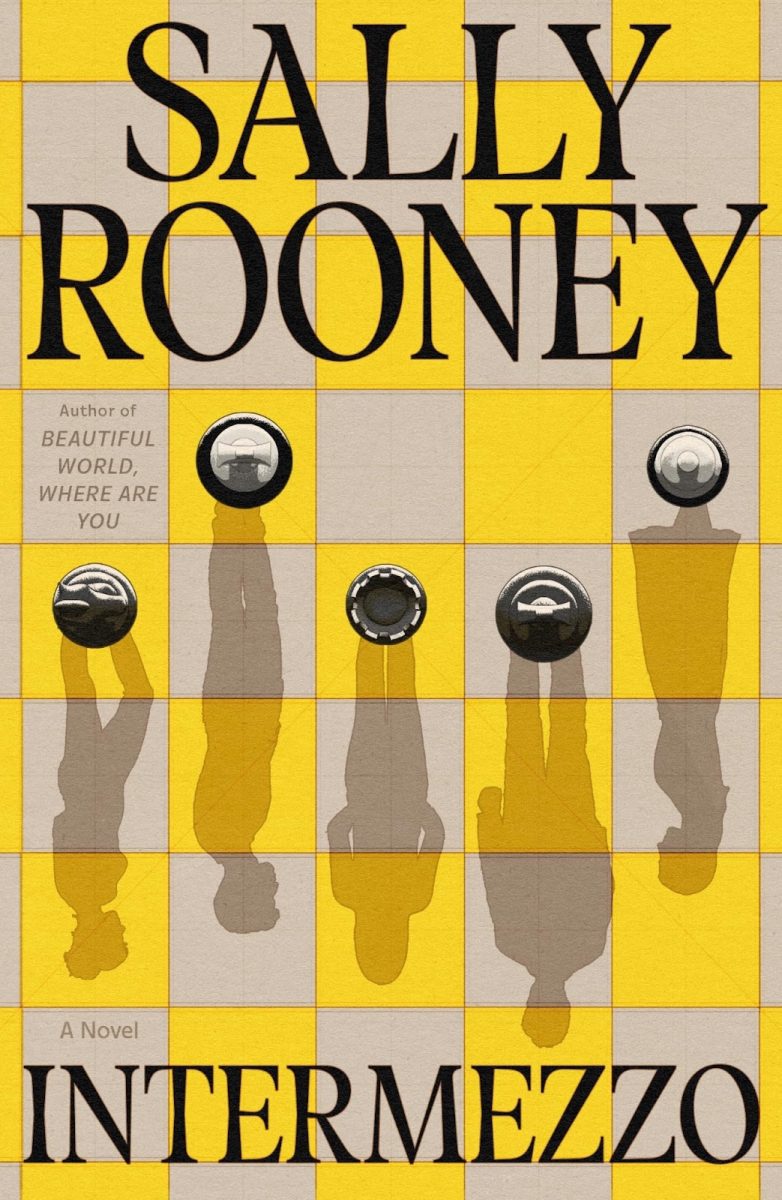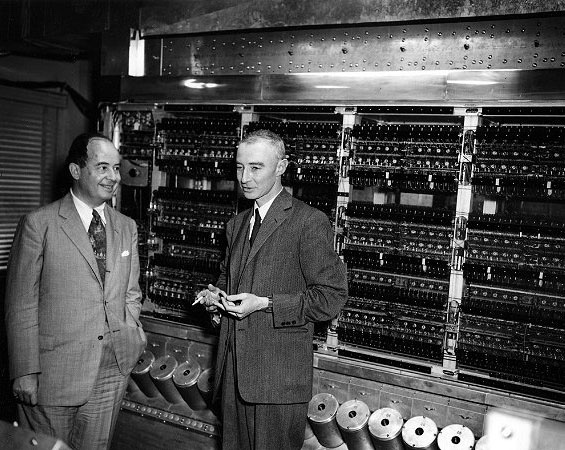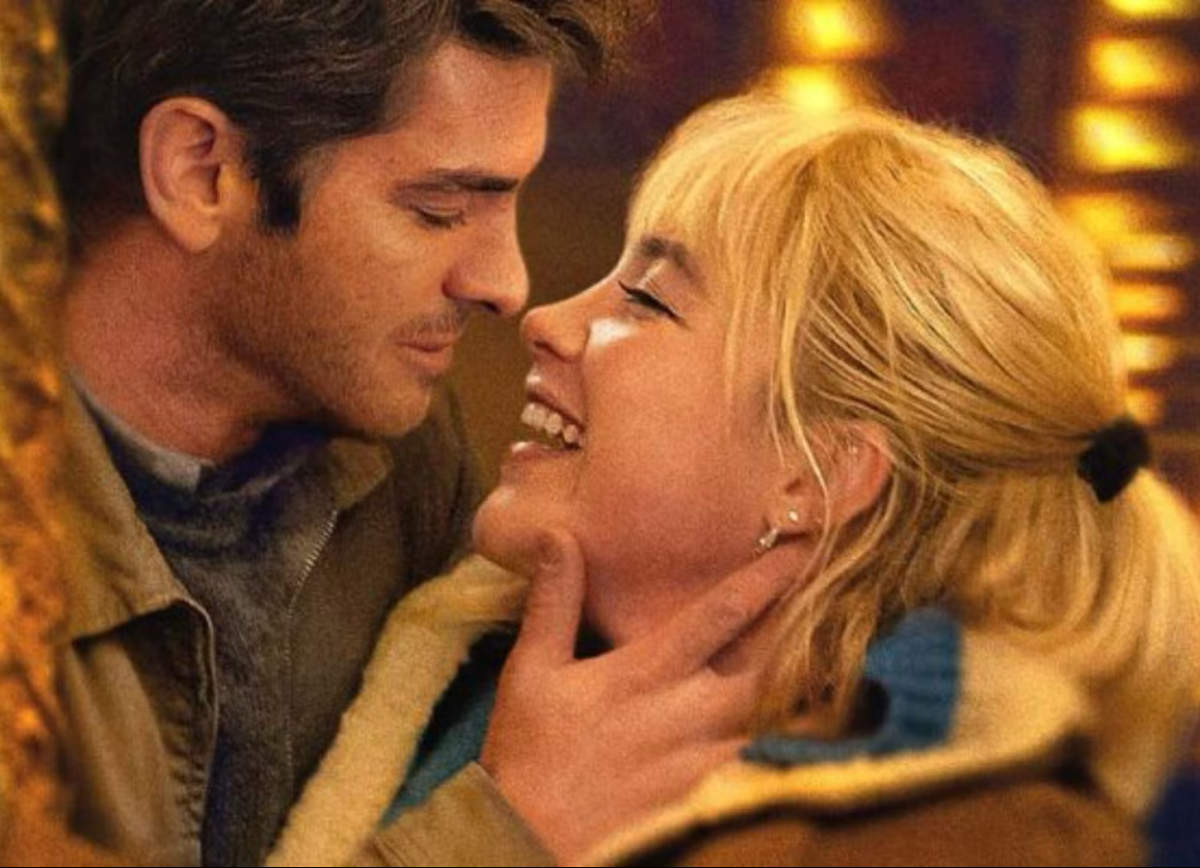As the cinema award season comes to an end, I can’t help but think back to one of the films that caught my undivided attention earlier this year. “Society of the Snow,” by the Spanish filmmaker Juan Antonio Bayona, recounts the story of a tragic plane crash carrying a Uruguayan rugby team in 1972.
From feeling the excitement of planning their trip to Santiago, Chile to watching them get out alive in the desolate Andes mountains, viewers watched the rugby team overcome one challenge after another, followed by one death after another. A plane crash, avalanche, unbearable temperatures and starvation forced the final sixteen survivors to use everything and anything to stay alive. But, aside from the inconceivable series of events that Bayona showcases and the unmatched cinematography of Pedro Luque, that showed a fearful environment in a surprisingly beautiful light, there was one detail that struck me.
As I saw these men — some of them as young as me — go through incomparable moments of hardship, pain, grief and utmost uncertainty and trek through indescribable complications, I argue that this story at a baseline is not just about resilience. It’s about uncovering the complexities behind simple human nature, something we seldom get to see, and that this occasion forced to reveal amongst these young men.
In many films based on a true story, the director usually presents the audience with actual images of the events, the people or the places that were recounted in the film, so that a connection between what was recreated and what occurred can be made. Visual evidence is not always attainable and when we do get to see original depictions of what movies like this show, it leaves a significant impression on the viewer. Many film critics praise the authenticity of Bayona’s film, and this was certainly made possible due to the thorough interviews conducted with the survivors and the original images that were taken throughout this 72-day tragedy.
It was these images that struck me.
Saying that these men went to hell and back might even be an understatement yet, in the pictures that depict the survivors at the site of the plane crash, we see smiles. It is inconceivable that after enduring so much terror, the sight of a camera immediately entices us humans to look up towards the lens and smile. No matter what. It is ingrained in our brains to ‘pose’ for a photograph and to smile when capturing a moment. I could take this thought and explore what this says about the reality behind today’s authenticity and ‘staging’ images that affect what we may perceive to be truly honest. But I want to say that ‘pretending’ or blurring the lines of authenticity was the last thing that this group of boys intended to do when smiling for these pictures.
I want to argue that during these moments, it all came down to simple human instincts; their mental state had been so tortured that their judgments were set to autopilot. Their hyper-fixation of finding normalcy and their craving for habitualness made their current state of despair pause for a moment as they smiled for those pictures. They did what they knew, what they would’ve done if they were sitting together in an alternate location. They smiled because that was all they had left in them: to lean into what felt natural after being faced with the unnatural.
Details that illustrate a glimpse of innocent human nature are present in various moments throughout the film. Bayona made sure to let these moments shine because they also helped construct a much more meaningful and multilayered story. It is seen when the news of their highly anticipated rescue comes back, and they rush to gather some pieces of the airplane to take. Or when they helped each other comb their hair and groom their beards so they would look ‘presentable’ even after being airplane survivors. It is seen as they huddle in the hospital room floor because, after 72 days stranded in the Andes, you begin to rethink the idea of comfort.
It is seen everywhere, humans simply being human.

